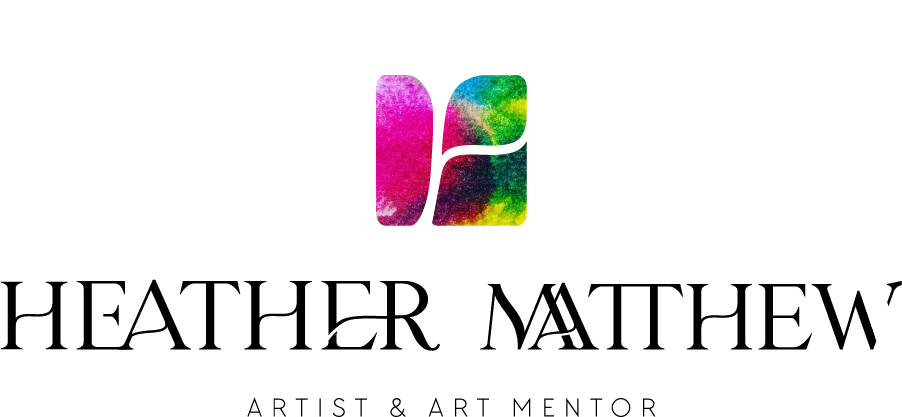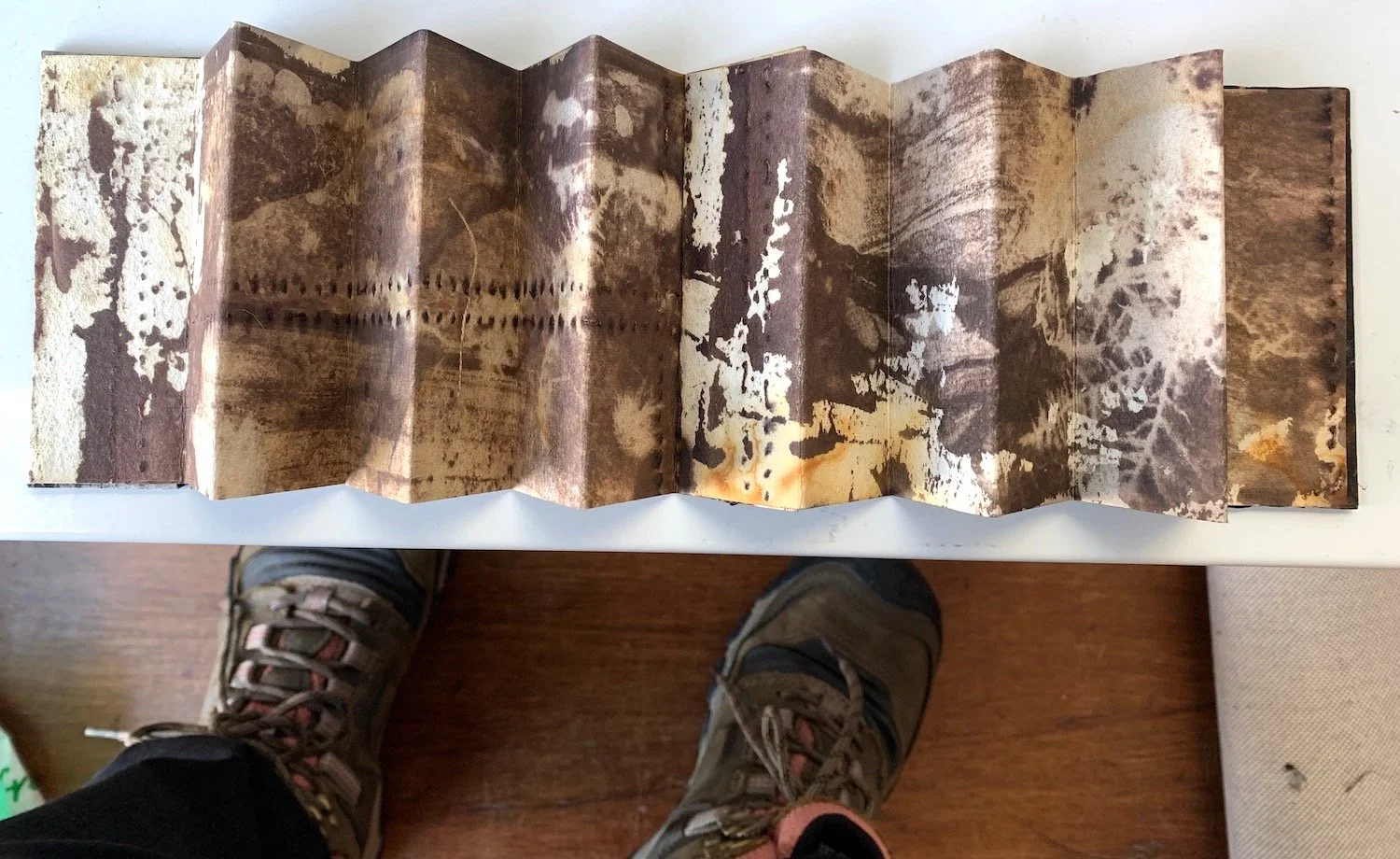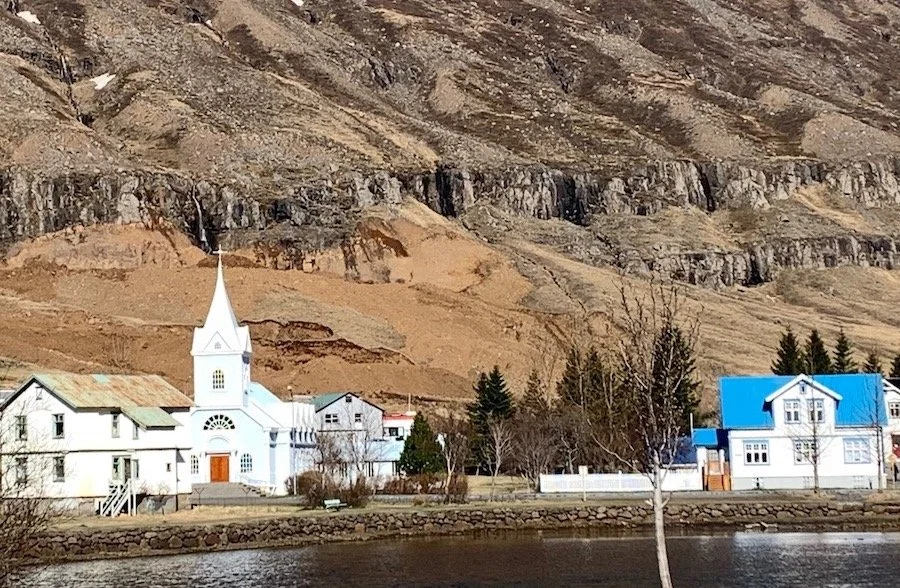"Have you Gaelic?"
Pilgrim, Stranger - Coigrich Taistealach artist book April 2022
“A bheil Gàidhlig agaibh?”
I’ve spent more than a month in Scotland now, but this is the first time that I’ve felt an intrinsic connection to the Gaelic language.
This has been facilitated by one of the artists here at Cove Park, Rona Dhòmhnallach from South Uist (Outer Hebrides) who is a Gaelic artist. She talks about the landscape as an animated entity where language is embedded in the land. In Gaelic every noun is gendered, like in French, and the land and mountains are feminine, as are bodies of water, lochs, rivers and seas.
She has given me Gaelic titles for some of the artworks I made here, including my favourite, Pilgrim Stranger, (Coigrich Taistealach) after her own poem of that title.
She saw my accordion folded book as like a map, a place of mystery that a pilgrim seeks to find their way back to their true selves. The idea of being a pilgrim and a stranger resonated with me as I have often thought that most of my travelling life has been to places of deep spiritual significance. From Greece, to Mexico, Ethiopia and all the standing stones and circles in the UK both on this trip and in 2018.
There are many stories written about the act of walking, or travelling particular trails and paths that take you to places of great beauty or along tracks trodden for centuries by pilgrims on spiritual quests.
Language that links land and place are found in the songs and paintings of First Nations peoples all over the world. Aboriginal Australian art is linked directly to the spirit of place. In the article Wild Words, Reading the Land, writer Kate MacRitchie describes how Gaelic place names reveal the landscape. She writes that there are over 100 words for hills or mountain and landforms are often described in colour eg ruadh is a particular type of russet red like that of autumn bracken.
Seeing place through the eyes of a native Gaelic speaker has shown me that as a pilgrim, I am indeed a stranger to the land, an outsider needing to draw myself maps to access the mystery which lies within. Perhaps that explains why I love maps so much and have a collection of them from everywhere I travel.
Creating “mapped” artist books gives me a way into the landscapes I travel as a pilgrim, as an artist forever curious and questing.
Bore Run artist book April 2019





